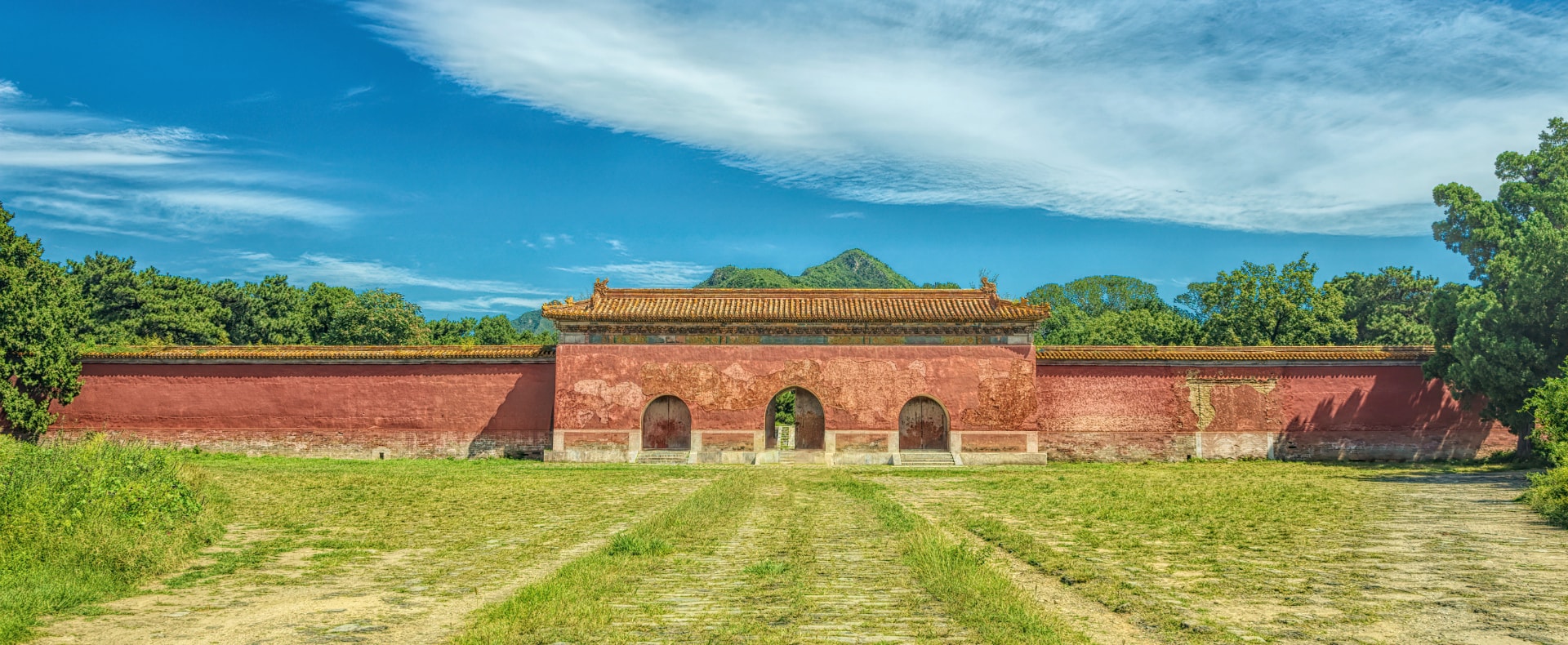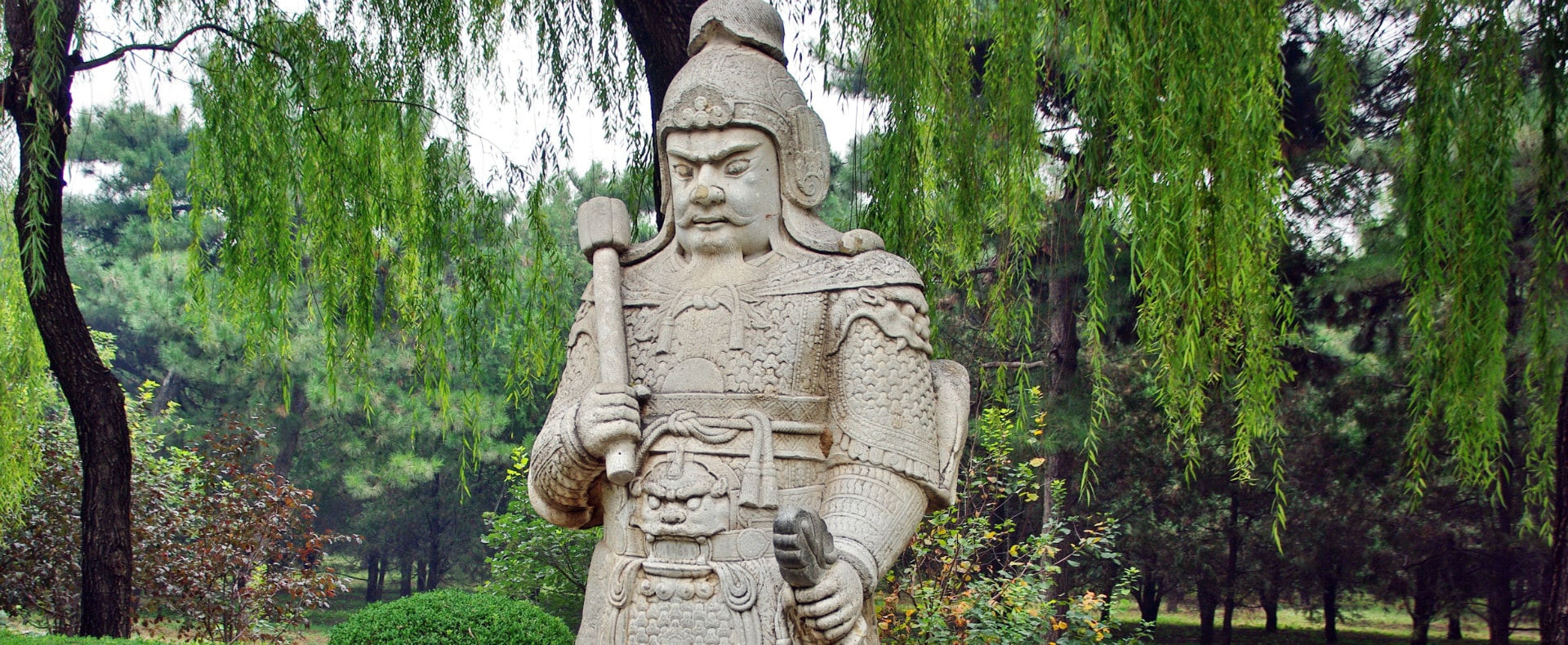History of the Ming Dynasty Tombs in China
Located about 31 miles northwest of Beijing at the foot of the JunDu Mountains, the Ming Tombs are a well-preserved imperial burial complex that holds great Chinese rulers' heritage.
According to Feng Shui principles, the third Ming Dynasty emperor YongLe, who moved the capital city of China from Nanjing to Beijing, chose his burial site and the location of the tombs in the 15th century.
Mountains surround the site on three sides, and a river flows near it. 13 of the 16 emperors of the Ming Dynasty that ruled after YongLe were also later buried in the tombs.
Walls surround the whole site, and a 7-kilometer road called The Spirit Way leads to the complex’s Great Red Gate. The walkway is lined with 36 large stone statues of animals and people, representing the emperors' authority.
Construction of The Ming Tombs
The Ming Tombs were each constructed in a special manner. Memorial halls were placed in the front with burial chambers behind it. Many of the Ming Tombs architecturally mirror the royal palaces where emperors resided in the city.
Visitors have access to 3 of the 13 tombs which have been excavated and restored: the Chang Ling, Ding Ling (the underground palace of which is open to the public), and Zhaoling.
As of today, the Ming Tombs are the most extensive imperial burial complex in China. It was even listed a UNESCO World Heritage Site in 2003. You can see them during the Trans-Siberian tours.




